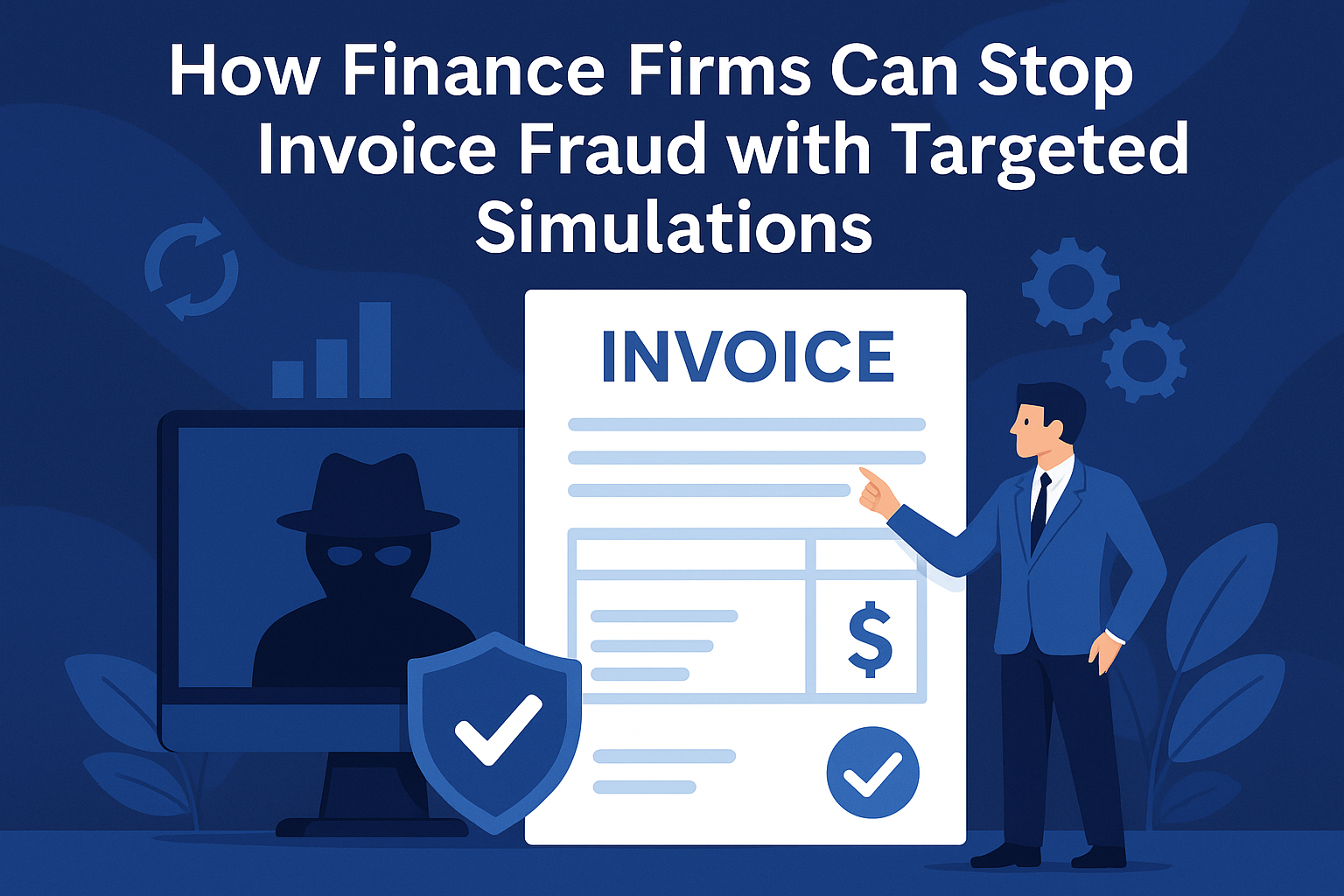Tech
7 Steps To Take When Launching A Display Ad For Your Client

Launching a display ad campaign for your client can feel like juggling multiple moving parts. Where do you start? What should you focus on? If these questions sound familiar, don’t worry—you’re not alone. Whether you’re a seasoned marketer or dipping your toes into the world of digital advertising, having a clear plan can make all the difference. Here’s a step-by-step guide to keep your efforts focused and effective.
1. Find a Good Display Ad Network
Before you create any visuals or write ad copy, you need to choose the right ad network. This step is critical because not all networks are created equal. Some may be great for reaching niche audiences, while others have broader appeal. Think about where your client’s ideal customers spend their time online and what type of ads are most likely to grab their attention.
Ask yourself: does the network offer tools for tracking performance? Are the audience targeting options robust? While it’s tempting to go for the cheapest option, quality matters more than saving a few pennies. A poorly chosen network can result in wasted budgets and missed opportunities. Research the best display ad networks for advertisers thoroughly, compare features, and make sure the network aligns with your campaign goals.
2. Define Clear Campaign Objectives
What does your client want to achieve with this display ad? Awareness, traffic, conversions? Be specific here because your goals will shape everything from the visuals to the call-to-action (CTA). For instance, an ad designed to boost brand awareness will look very different from one aimed at driving immediate sales.
Write down measurable objectives like “increase website traffic by 25% in three months” or “generate 100 new leads by the end of the campaign.” These goals don’t just guide your strategy—they also make it easier to evaluate success later.
3. Know Your Target Audience Inside and Out
Understanding your audience is non-negotiable. Without a clear picture of who you’re talking to, your ad will be like a dart thrown in the dark—it might hit something, but it’s more likely to miss. Dive deep into your client’s target demographics. What are their interests? What problems are they trying to solve? What type of messaging resonates with them?
Creating a detailed audience persona can help here. Think about factors like age, location, profession, and online behaviour. The more detailed you are, the better equipped you’ll be to craft an ad that speaks directly to them. And remember, your client’s audience isn’t just a statistic—they’re real people, so keep your messaging relatable and engaging.
4. Invest in Eye-Catching Ad Design
The design of your display ad is your first chance to grab attention—and you don’t get a second. Make it count. Use bold visuals, clear messaging, and a compelling CTA that leaves no doubt about what you want the viewer to do. Keep the design simple but impactful, avoiding clutter or overloading the ad with information.
One pro tip? Test multiple versions of your ad design. Sometimes, even a small tweak, like changing the colour of a button or rephrasing the CTA, can significantly improve performance. A/B testing is your best friend here—it’s how you’ll find what works and what doesn’t.
5. Focus on Precise Targeting
Even the best ad in the world won’t work if it’s shown to the wrong people. Precise targeting is essential to ensure your client’s budget isn’t wasted on audiences who won’t convert. Leverage the targeting tools provided by your chosen ad network. These often include options like demographic targeting, behavioural targeting, and interest-based targeting.
For example, if your client is a high-end fitness brand, you might target professionals interested in health and wellness. Don’t stop at broad categories—refine your audience as much as possible. The more specific you get, the higher the chances of reaching people who will take action.
6. Set and Monitor Your Budget
It’s easy to overspend on display ads if you’re not careful, so setting a clear budget is a must. Decide how much your client is willing to invest in the campaign and break it down by daily or weekly spend. Keep an eye on performance metrics to ensure the budget is being used effectively.
Budget monitoring isn’t a one-and-done task. Regularly check in on your ad’s performance and be prepared to adjust spending if necessary. If an ad is doing well, consider increasing the budget to maximise its impact. If it’s underperforming, reassess your strategy and try a different approach.
7. Analyse and Optimise Performance
Your job doesn’t end when the ad goes live. In fact, that’s when the real work begins. Track performance metrics like impressions, clicks, and conversions to see how the campaign is doing. Are you hitting your objectives? If not, where’s the disconnect?
Use this data to optimise your campaign. Maybe your ad needs a stronger CTA, or perhaps it’s not reaching the right audience. Don’t be afraid to experiment with changes to improve results. The key is to stay flexible and responsive, making adjustments as needed to ensure the campaign stays on track.
Your Display Ads, Done Right
Launching a successful display ad campaign isn’t just about creating a good-looking ad—it’s about strategy, precision, and adaptability. By following these steps, you’ll set yourself and your client up for success. From choosing the right network to analysing performance, every decision you make has the potential to boost results.
-

 Tech1 year ago
Tech1 year agoHow to Use a Temporary Number for WhatsApp
-

 Business2 years ago
Business2 years agoSepatuindonesia.com | Best Online Store in Indonesia
-

 Social Media1 year ago
Social Media1 year agoThe Best Methods to Download TikTok Videos Using SnapTik
-

 Technology1 year ago
Technology1 year agoTop High Paying Affiliate Programs
-

 Tech10 months ago
Tech10 months agoUnderstanding thejavasea.me Leaks Aio-TLP: A Comprehensive Guide
-

 FOOD12 months ago
FOOD12 months agoHow to Identify Pure Desi Ghee? Ultimate Guidelines for Purchasing Authentic Ghee Online
-

 Instagram3 years ago
Instagram3 years agoFree Instagram Auto Follower Without Login
-

 Instagram3 years ago
Instagram3 years agoFree Instagram Follower Without Login




















